Even though it is Autum and the Sun has begun its downward precession to the equator, we of the northern latitudes seem to be inhabited with an inspiring vigor only in part attributable to the lingering warmth of an environment in flux. The other part I daresay attribute to that singular invention known as the Compact Fluorescent Lamp.
I came of age when the fluorescent tube was the mainstay of the light gardening community. The 40W tube even in its "Gro-Lux" incarnation failed to save the Indoor Houseplant industry though. North Americans left houseplants and their exacting care to a small army of fanatics willing to do what was neccessary to give indoor tropical exotics something approaching light levels in which they could thrive and ultimately bloom. Enter the orchid as a decorative accent and suddenly hordes of North Americans (and Europeans) that had never grown so much as a Spathiphyllum (Peace Lilly) wanted to not only grow but re-bloom a variety of orchid species.
An even smaller number of orchid enthusiasts have been growing a vast array of species and hybrids obtained from specialist growers by mail and/or at seasonal shows around the land. In greenhouses for the most part but also in conservatories and shadehouses or other structures depending in large part on the financial wherewithal of the enthusiast.
This article concerns orchids as houseplants because the indoor household environment is particularly hostile to plants in general and flowering plants in particular. The indoor grower to have success must be more knowledgeable and more committed (obssessed even) to minutiae than the outdoor flower gardener or the greenhouse tropical plant enthusiast. Usually this is not the case, the bug having bitten while strolling through a mall where a local society is hosting a show or through the initiation of a well meaning friend sending a 1-800-ORCHID gift to a friend or some other quick immersion therapy.
Summer in North America and the other parts of the world of similar latitude is a wonderful time to be an orchid outdoors or in a greenhouse. It can be a tolerable time indoors as well. Winter outdoors, however, is usually downright deadly to all forms of orchid life and those in greenhouses make huge demands on the greenhouse owner for the night temp must be kept somewhere around 65F for most of the common types although 60F is resorted to in many cases. 5 degrees farenheight over the course of a northern winter can represent many thousands of cubic feet of natural gas so the (low) limits are explored constantly.
Indoors the central heating system usually takes care of the temperature but the light level usually not a big concern to the greenhouse grower now takes first place as the biggest obstacle to success. As mentioned earlier, adopters of the spiral compact fluorescent bulb are gaining new confidence in their ability to keep tropical orchids alive if not thriving over winter. If you have an orchid purchased or given to you last spring or during the summer you may already have noticed that it no longer has the 'glow', as one Gardenwebber recently put it, of health about it. It has ceased to do anything and just sits there, "stalled". This condition must be respected. In fact, if you are brutally honest with yourself, you may have observed that the orchid in fact has never really grown or done anything since you obtained it(!). A majority of orchids stall the nanosecond you bring them home because of a lack of sufficient light, how you manage this determines whether the orchid will ever re-bloom for you. How you manage winter stall in particular directly affects whether you will have a living orchid next spring which will affect just how much pleasure you will get out of being an orchid keeper.
Although the central heat raises household temps to something tropical orchids can survive it usually does not raise it to temps that will promote growth and development. The CFL can help with the light but rarely can they affect temps to any great degree unless a small growing case is constructed or a great many lamps are being used. For just a few plants the grower will have to decide whether they want to maintain the plants semi-dormant at household temps (~70F) or push them closer to ~80F maybe in just one room or a partitioned area or a large aquarium or other small enclosure. Many, many orchids don't need a daytime 80F much of what are called Intergenerics will do fine at household daytime temps.
Night temps are another matter. Most homes don't get cold enough at night to suit houseplants and orchids. Most orchids and tropicals would like a night temp ~65F. Private homes often get there but large apartment complexes often run the heat at night when the majority of inhabitants are home and turn it off during the day, this is the exact opposite of ideal for our 'chids. Intergenerics in particular because they don't need excessive daytime max temps appreciate a night temp around 55F, a bit cool even for the most fiscally conservative homeowner. A spare room is ideal for "cool growers" as it will not have sleeping occupants which require reasonable night temps. As you can see, to do their best, orchids require some modifications in the normal household environment. The truly smitten will research the matter and make the modifications as money and time permit. Those with a single gift plant will likely not be up to extensive modifications.
This then might possibly be the most important paragraph of this entire monograph: What can be done with an orchid to keep it alive through the winter with no additional input of time and/or money into support paraphenalia (sp). Mostly your only resort will be in your watering. The orchid will stall. This cannot be avoided so you cannot simply dump water on it week after week as if it were an actively growing orchid. As much light as can be found for the orchid will be of immense benefit. Even in household temps the light has a preserving effect on orchid health. A window of some sort is the minimum. Orchids cannot be grown on a living room end table. The watering will be cut to twice a month or even less. If you water the orchid twice in November, once in December, twice in February, once in March and twice again in April you just may have an orchid that can be restarted in May.
The old time houseplant growers wrote lots of books on how to cultivate an astonishing variety of tropical plants indoors, including orchids. They didn't mention light for the most part because in those days there wasn't much that could be done about it. You either had enough naturally (rare) or you didn't. For lots of tropicals, especially those not expected to bloom an unaided south window could do plenty. Orchids raise the bar in many ways. In addition to a good comprehensive orchid manual (Ortho's All About Growing Orchids; Sunset "Orchids" or Taylor's Guide to Orchids") I recommend a houseplant book such as Ortho's "All About Growing Houseplants" or the Time-Life "Flowering Houseplants" handbook(s). Even the houseplant manuals will have little more than a chapter devoted to using lights. The best advice I can offer about them is to use the consistency and potential for a long duration of runtime to your advantage. You cannot and will not achieve the many thousands for footcandles of light intensity that are possible outdoors but you can and will have light when it is cloudy, rainy and stormy outside and that cheery glow can persist long past 4:30pm when mid-winter sunlight is beneath contempt on even the clearest day. Run your lights for more than 14 hours but less than 16 unless you have a good reason for not doing so.
Winter in the northern latitudes are where the orchids are won or lost. If you can never keep the orchids you buy in spring alive through the winter then it will be hard to develop the continuity of success that leads to experience. Good luck.
H


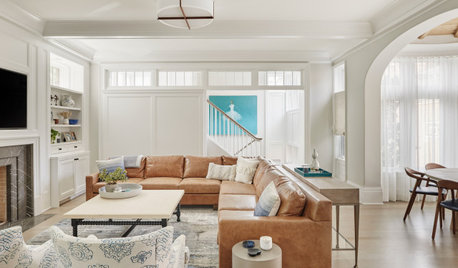


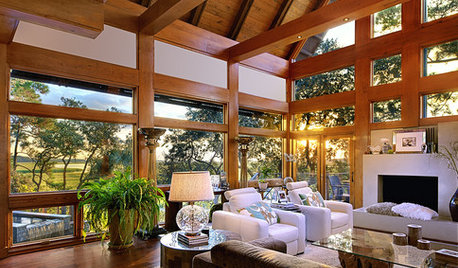
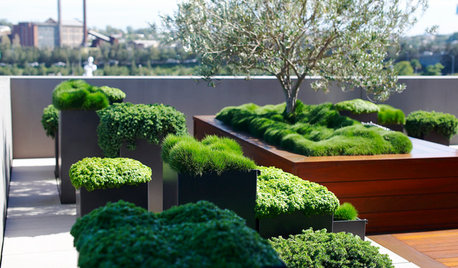

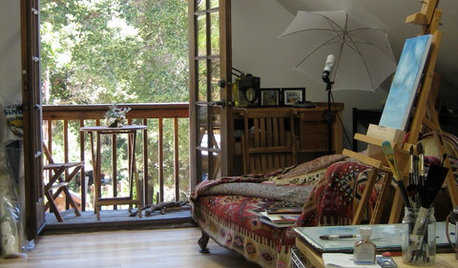



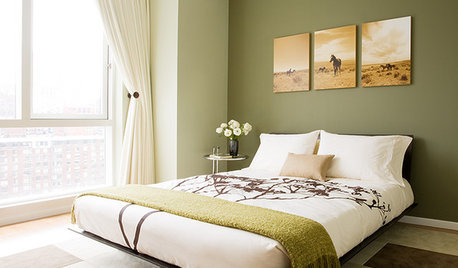


xmpraedicta
mehitabel
Related Discussions
A Long Learning Season--musings from the front
Q
Musings of an amateur apple gardener
Q
musing on momentos
Q
Musings on Soil pH and Roses
Q
aachenelf z5 Mpls
ken5921
jane__ny
whitecat8